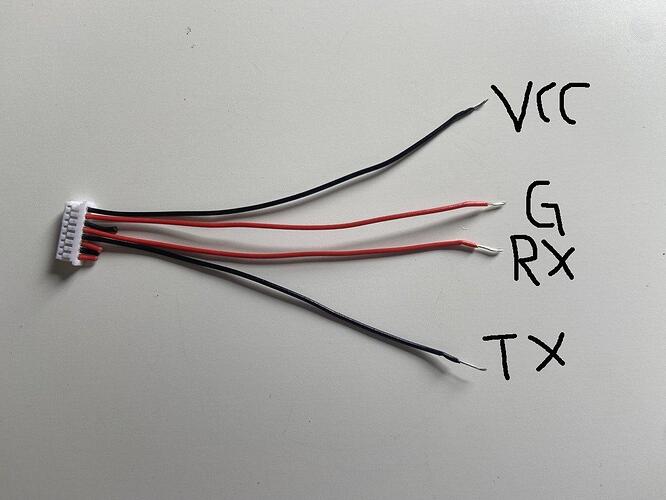Recently, I have read an article about the lifespan of the PMS5003 sensor. It uses laser technology to measure the concentration of particulate matter in the air. This laser light has life span of 30.000 hours, which is about 3.5 years. In this article, a solution was described to extend the life span of the PMS5003 sensor by enabling the device for 20 seconds every two minutes. This would result in an extended lifespan of around 18 years.
Wire 3 of the PMS 50003 sensor is called the SET wire, which could be used to enable and disable the sensor (high voltage to enable and low voltage to enable). By connecting this wire to one of the Data connections of the ESP module, the switch could be triggered every two minutes in ESPHome by using the following code:
switch:
- platform: gpio
pin:
number: D3
id: pms_set
name: "Start measuring"
interval:
- interval: 120s
then:
- switch.turn_on: pms_set
- delay: 20s
- switch.turn_off: pms_set
My questions:
- Has the current (ESPHome) code taken into account possibilities to extend the life span of the PMS5003 sensor?
- Will a 20 second measurement lead to correct results or is a measurement required over a longer timeframe?
- How could this solution best be implemented using the Air Gradient PCB?
Thanks in advance for your support!

